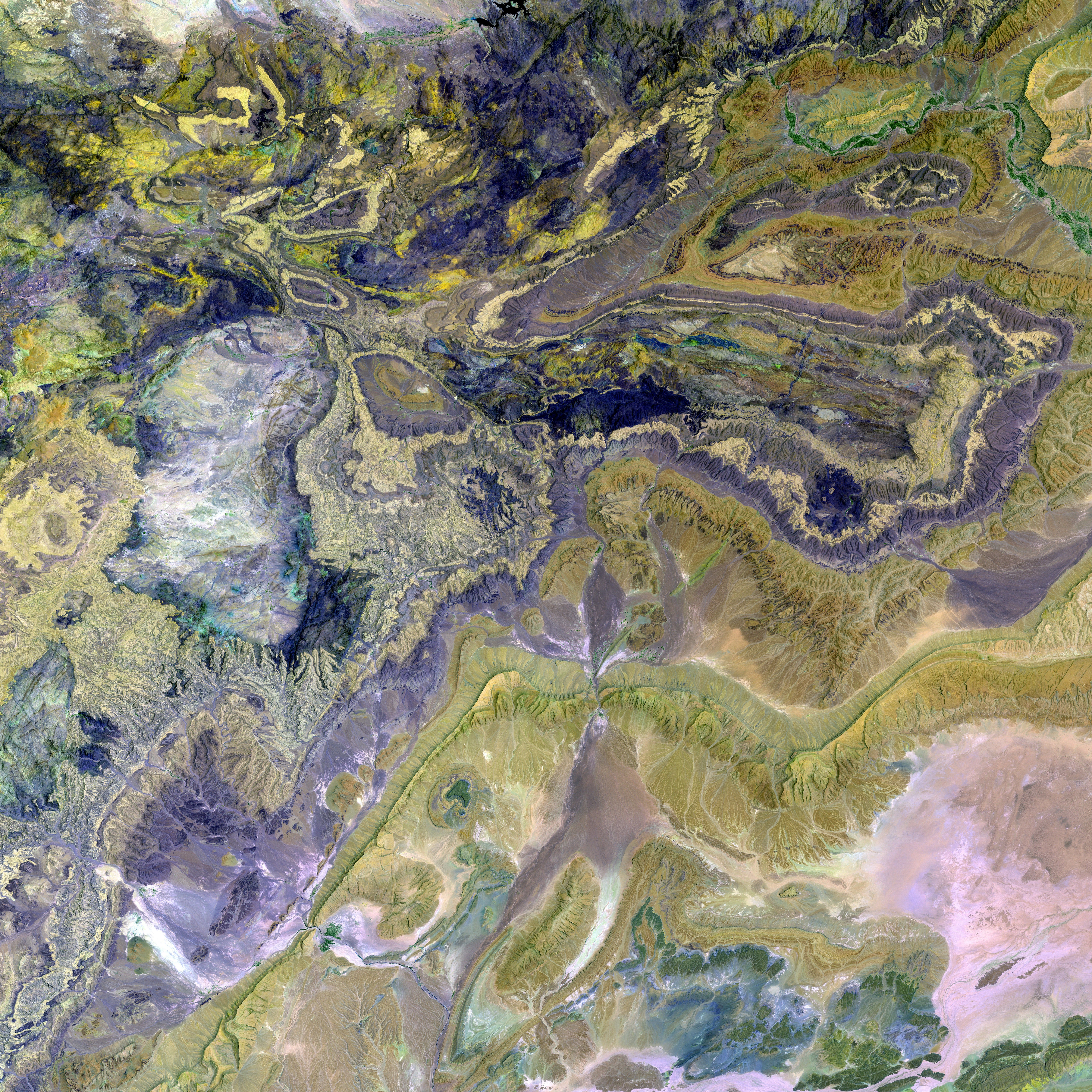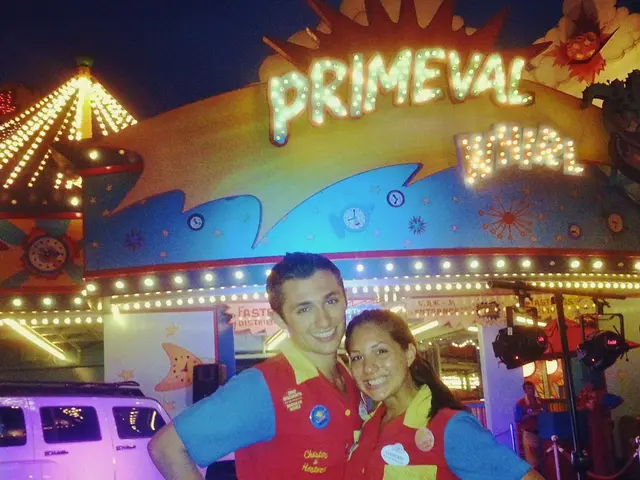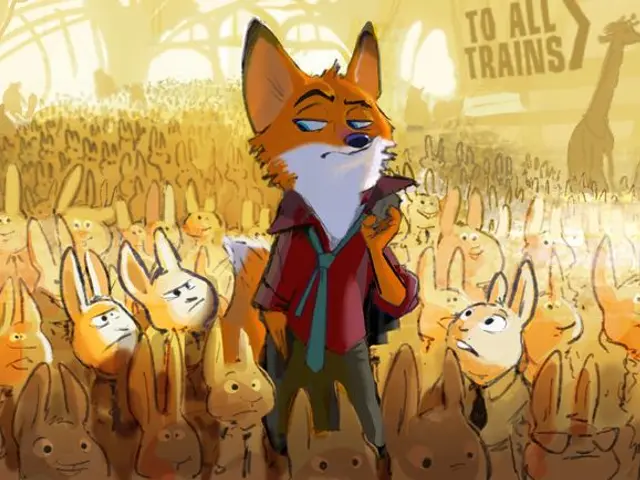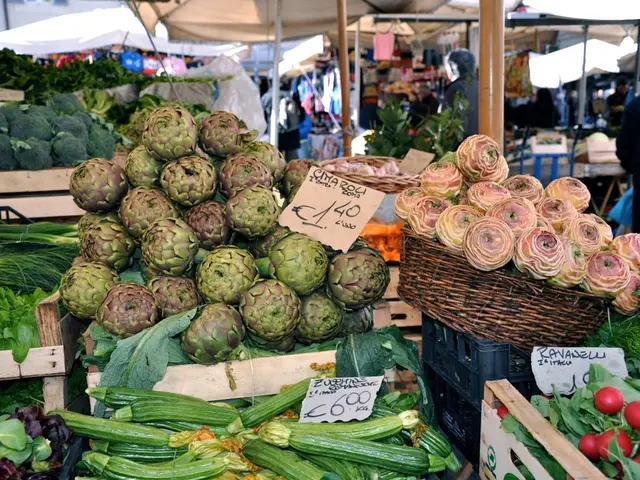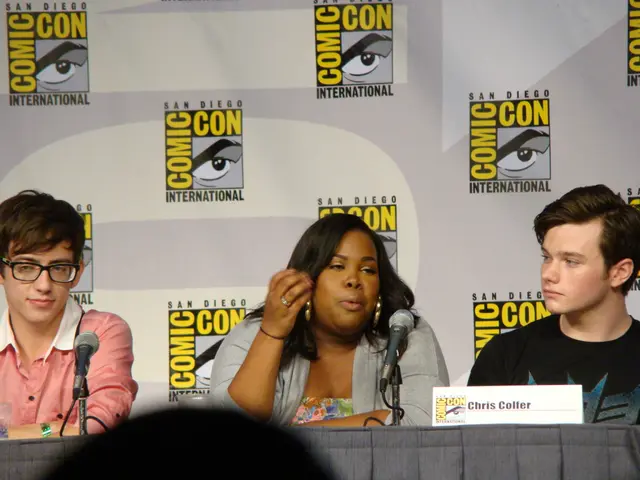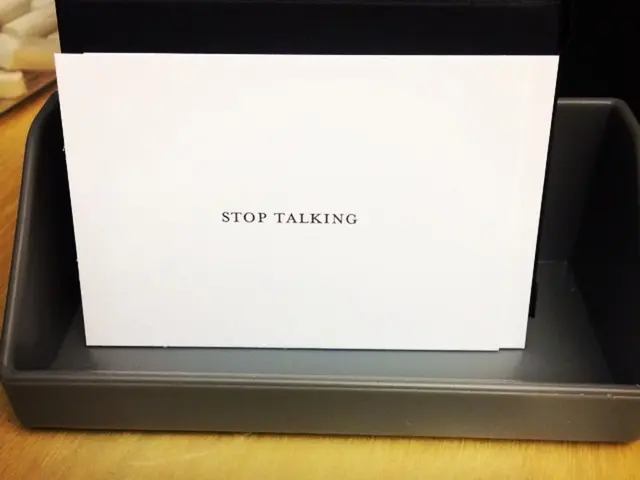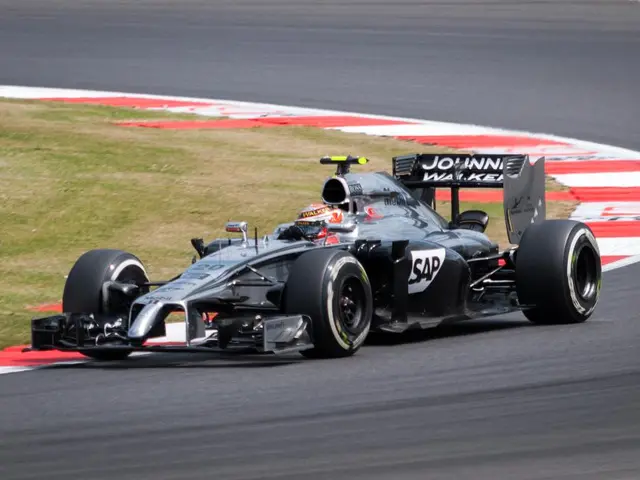Mon Mothma's Significant Dance: Discussion by Tony Gilroy and Genevieve O'Reilly on the Crucial Choreography in Andor
The first three action-packed episodes of Andor's second season have taken over Disney+, giving viewers a thrilling plunge back into the volatile early days of the Star Wars rebellion. During a chat with showrunner Tony Gilroy and star Genevieve O'Reilly, who portrays Mon Mothma, the duo provided insights on the last moments of the third episode. Gilroy also shared how the concept of these pivotal years being broken down into three-episode "movie" arcs came to be.
Sabina Graves (io9): Originally, Andor was planned for five seasons, with each season covering a year. But that evolved into the current setup of three-episode "movie" arcs. How much of the backstory was fleshed out as the process unfolded?
Tony Gilroy: Initially, I thought, "Is this going to work? Will it be loaded with exposition?" I didn't want that and assumed I'd end up writing a colossal bible of all the details that needed to be covered. But surprisingly, as we proceeded, there were few questions about details that I had to address. Conversations about the gaps were had, but I never really had to dive into extensive exposition.
io9: Genevieve, with Mon Mothma, did it feel liberating to have these broad, uncharted spaces to help develop her character during these formative rebellion years? Her cathartic moment in episode three was particularly impactful. Can you discuss your perspective on this unfolding development?
Genevieve O'Reilly: The first three episodes span three days, in Mon Mothma's family home. I found myself immersed in her history and tradition, and we didn't have much exposition to rely on. It was all about the practices, the rituals, which we understood implicitly. As we moved through the episodes, you could feel the pressure of the wedding and the family dynamics, and Luthen Rael entering the picture.
Knowing Tay Colma from season one, it was clear that he was struggling, losing his grip. Mon sees this fragility in him, and Luthen, with a clear vision, calls her out on her sentimentality and challenges her to confront the true nature of rebellion. He asks her to accept the consequences and she agrees, resulting in the dramatic scene you mentioned.
io9: It's a breathtaking moment, and the dancing and the drinking add a compelling dimension to the crossroads moment. Tony, why did you choose to juxtapose this intense scene with the other characters' parallel moments of decision-making?
Gilroy: I wanted to create a powerful crescendo, something we're familiar with from our movies. We're using electronic dance music for a change and using this to emphasize the contrast between Mon's inner turmoil and the carefree atmosphere surrounding her. The audience is the only one who truly understands what Mon is going through, and this creates a unique bond with the character. That's what I love about it – it brings the audience closer to the characters.
Andor is now streaming on Disney+. For the latest updates on Marvel, Star Wars, and Star Trek, as well as upcoming DC Universe releases and everything to come for Doctor Who, check out io9's coverage!
- The proposed initial plan for Andor included five seasons, with each season representing a year, but later evolved into the current structure of three-episode "movie" arcs, as Sabina Graves from io9 inquired.
- Genevieve O'Reilly, who plays Mon Mothma, found it liberating to have broad, uncharted spaces to develop her character during these formative rebellion years, as she explained during the interview.
- Tony Gilroy explained why he chose to juxtapose Mon's intense crossroads moment with parallel moments of decision-making for other characters, stating that it creates a powerful crescendo to emphasize the contrast and bring the audience closer to the characters.
